Some of the links in this post are affiliate links. This means if you click on the link and purchase the item, I may receive an affiliate commission at no extra cost to you.
Without a doubt, experiencing a liveaboard in Indonesia should be on your bucket list. Indonesia is known for its epic landscapes above and below land, with a wide variety of sea life to see both big and small.
From the picturesque seascape of Raja Ampat to the muck diving of Lembeh Strait, there are a surprising number of places to choose from when it comes to picking a liveaboard. Indonesia will have you spoiled for choice and while this is a great thing, it can make picking a liveaboard destination a little difficult.
Luckily you’ve stumbled across this article where I will break down the main Indonesian liveaboard areas to help you choose the one that’s perfect for you.
Before you read on, here are my top 3 diving products:
If you want decent pictures but don’t want to spend thousands on underwater camera gear, opt for a Go Pro.
An affordable dive mask that you feel comfortable in. Opt for a mask with a black base, rather than a see through one.
A wetsuit with the zip at the back. It’s easier to get out of a back zipped wetsuit than it is one zipped at the front. Especially when wet!
What you’ll find in this article:
- How to choose a liveaboard
- Best time of year to dive in Indonesia
- Description of the best areas to do a liveaboard in Indonesia
- Suggestions for Indonesia liveaboard boats to do a trip with
- Tips for your Indonesian liveaboard
How to Choose a Liveaboard
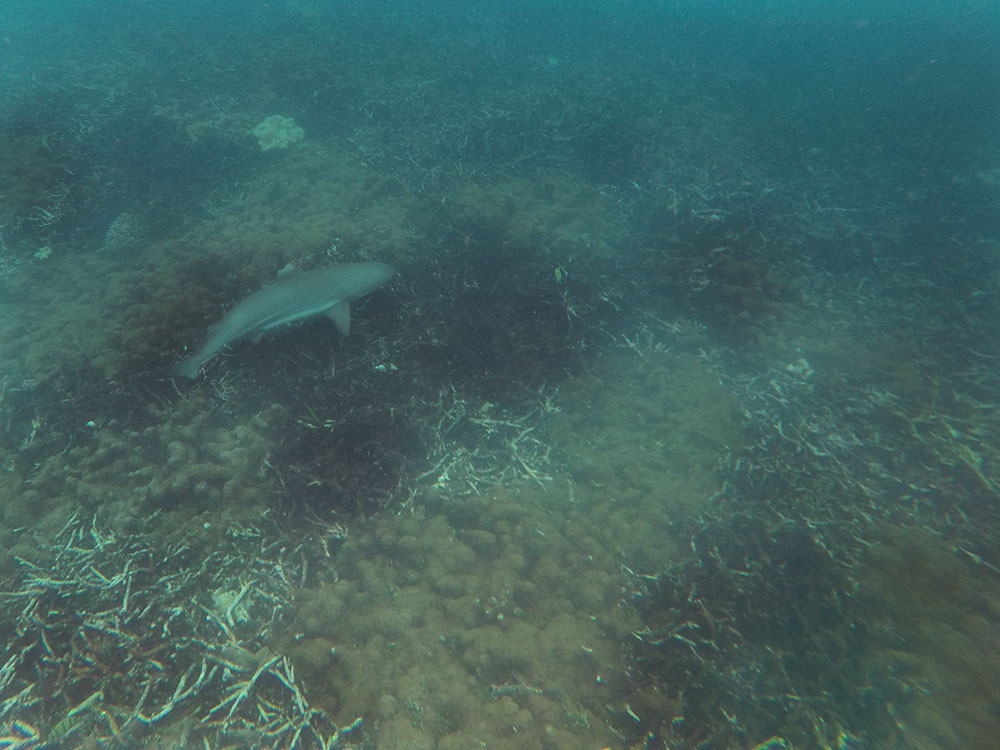
- The size of the liveaboard boat is an important factor if you want more space and for it to be less crowded. So make sure you evaluate the ship and choose the size according to your preference prior to booking.
- While you’ll be diving 3-4 times per day you’ll still have a bit of time to spend on the ship so make sure there’ll be things to keep you entertained if you’re someone who gets bored easily. Alternatively, if all you need is people to chat to, entertainment on the ship won’t be so important.
- Don’t forget to look into online reviews because word of the mouth is the most reliable way to learn about other’s experiences. Pay attention to both the positive and negative parts of the reviews to decide if the ship is for you.
- Narrow down your search to your favorite scuba-diving spots. It is a crucial aspect and one which requires a lot of consideration. If you’re dying to dive at a certain spot it may be worth waiting until a ship comes along that visits that site.
- Check the policy on refunds and cancellations for the ship you choose and make sure you’re happy with it before you put any cash down.
- Check to see if dive gear is included, and if so, does it cost extra? Make sure you add this and any other incidental costs into your budget.
- See how many dives a day the dive cruise offers to make sure its inline with your expectations.
- Budget plays a crucial role in all of it. Considering all the above-mentioned aspects set your budget accordingly. You get what you pay for in most cases.
- How long do you want to go for? Make sure you choose a liveaboard which fits the time off you have. Don’t forget to include the days flying to and from in your planning.
- On that note, remember the rules regarding flying and diving – different companies recommend between 18-24 hours before undertaking on or the other. I personally like to stick to 24 hours before flying just to be safe.
Best Value Liveaboard in Indonesia Boats
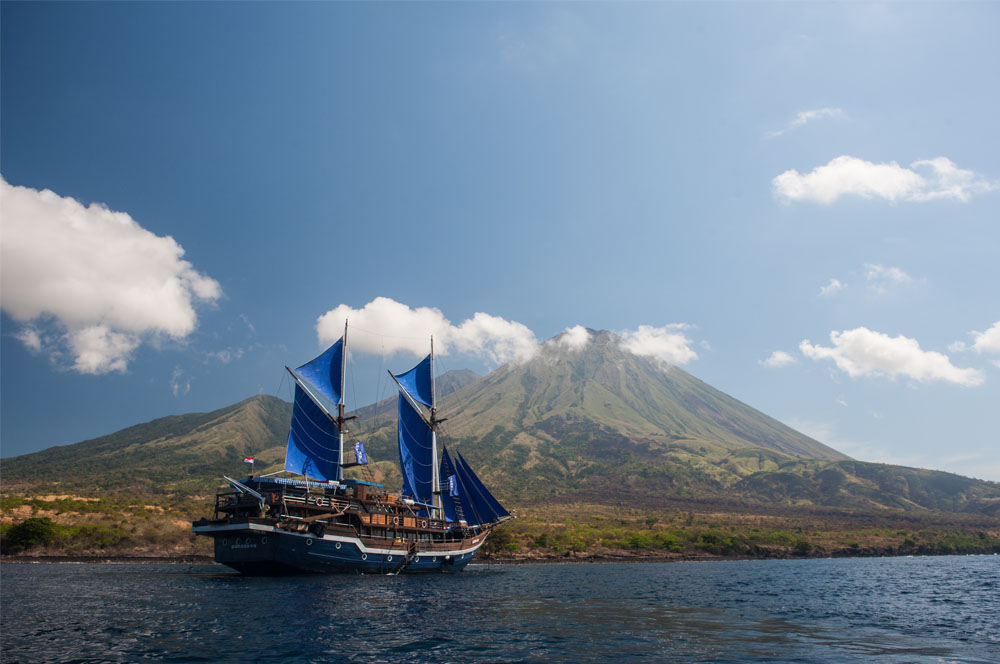
While I would have loved to recommend a boat under each area, the majority of boats change their itineraries based on the time of year. Hence I’ve listed below the best value liveaboard boats that travel through many of the different areas above.
Here are my top 5 picks in no particular order:
- Coralia: With space for 16 guests the Coralia really gets around Indonesia with trips to Raja Ampat, the Banda Seas, Alor and Komodo throughout the year. See it here.
- Moana: With its beautiful blue sails and a smaller capacity at 10 guests, the Moana offers a more intimate trip for divers. The Moana travels to the Komodo islands, see dates here.
- For those on a budget, the Ilike offers an affordable liveaboard experience in Indonesia with trips to Raja Ampat, Alor and Komodo. See prices here.
- With a low ratio of divers to dive masters, Raya sells out fast. It’s one of the cheaper options that visits a wide range of areas. See prices here.
- Visiting practically everywhere on the above list at some point during the year. The Ambai is a great choice for those who plan to go to the lesser known spots, as well as the popular ones. See destinations here.
Where to Dive in Indonesia:
1 Komodo Island
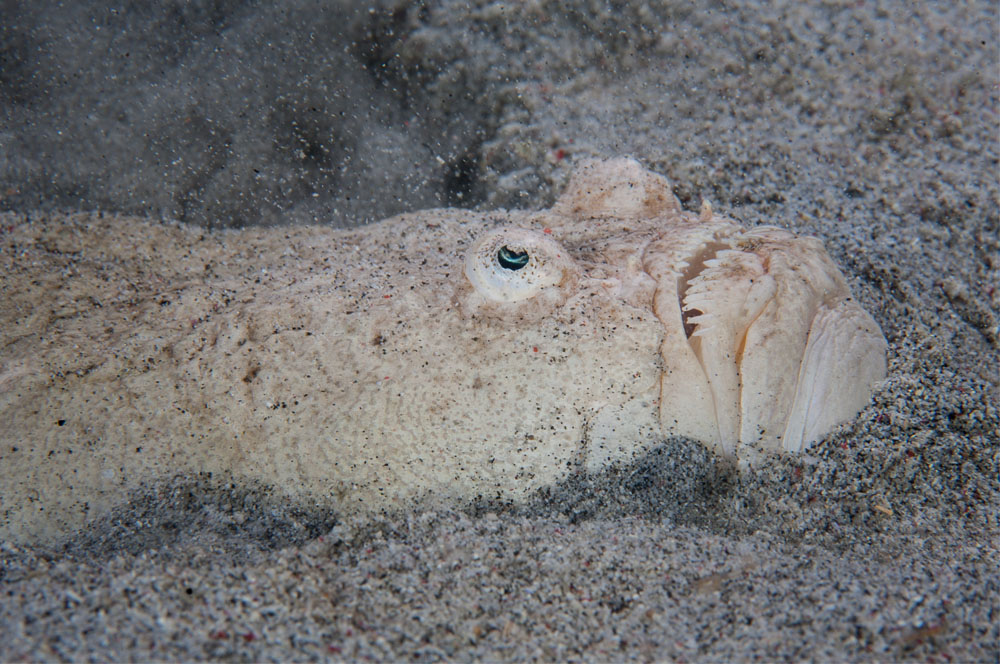
The most famous liveaboard in Indonesia is the Komodo Liveaboard, and there are many reasons for this. Komodo national park is the ultimate place to experience the true adventure of liveaboard diving.
Komodo Island itself is part of the Lesser Sunda Islands, which is a highly volcanic area in southeast of Indonesia. As Komodo National Park is a collection of many smaller islands, the biodiversity and the choice of diving sites makes a Komodo liveaboard trip unique and special.
Here, the underwater is brimming with colorful sea life- thanks to the Komodo national park that protects the waters and the marine life here. The reef and all the marine life are healthy and in abundance which makes the Komodo island a diver’s dream.
You can also expect to encounter some big pelagic fishes such as dolphin, manta rays, hammerheads and Molo Molo due to stronger underwater currents.
Here are some of the best diving places in Komodo Island:
- Rinca Island is famous for Komodo Dragons. Apart from that, nudibranch, small critters and the beaming coral life in these waters make it a must-visit diving spot.
- Batu Balong is home to reef sharks and colorful coral reefs.
- Manta Alley and manta point is a diving spot in Komodo national park that offers you the chance to dive with Manta rays.
- Bima is an ideal spot for Muck diving with its healthy coral reefs and a chance to set your eyes on Blue octopus.
- Sangeang is an active volcanic island and a must visit place if you want to witness something unique. There are bubbles appearing on the black sand from the volcanic vents beneath which makes it an extraordinary sight.
Komodo Island is also a great place to explore above ground, so make sure you pencil in some non diving time here too. The highlight of course being, visiting the Komodo dragons.
2 Raja Ampat
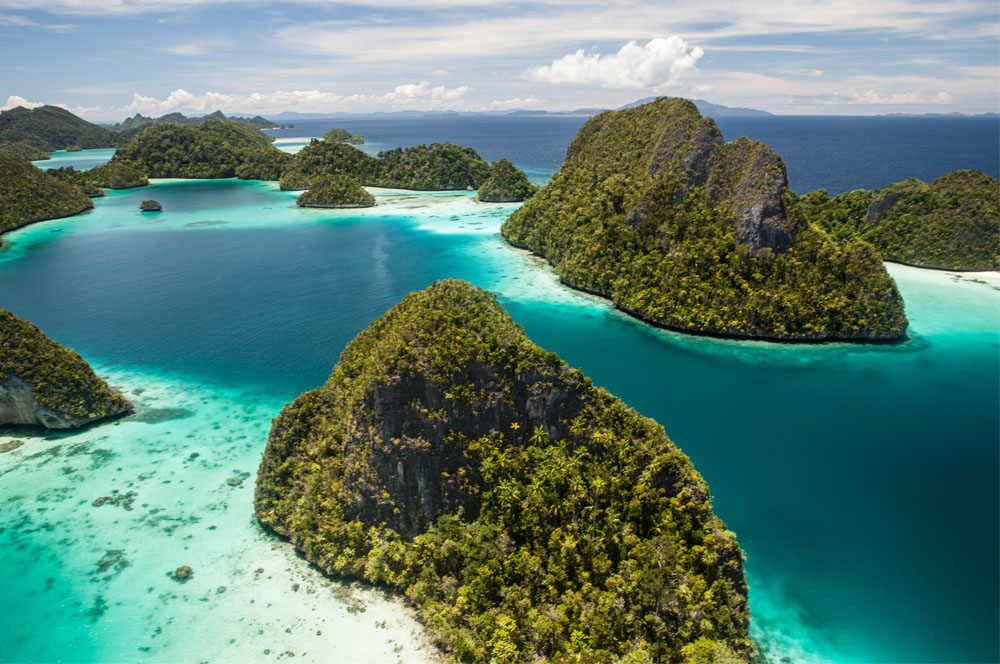
Beautiful white beaches and sparkling blue water brimming with marine life – Raja Ampat is an unspoiled haven for scuba divers.
Raja Ampat is a group of 1500 islands and islets that are spread over the wide coral triangle next to New Guinea. This place is one of the most beautiful diving spots and is well-endowed with all kind of aquatic life.
In fact, the island was declared as world’s most bio-diverse area back in 2002. Most of the diving is done in far-off and remote areas where the eco-system is unspoiled.
The marine water park is responsible for marine life preservation and protection, and is home to thousands of different species of fish and corals.
The sharks are the highlight here. Expect to see blue and white tipped sharks, whale sharks, and some rare ones such as the wobbegong shark.
It should go without saying, but while diving in one of the most diverse eco-system you can also expect to come across some dolphins, mantas, and turtles on the reef.
Some of the must-visit dive sites are:
- Misool Island is a haven for macro photographers thanks to the stunning fauna and flora spread across the underwater. Small creatures, healthy reefs, Pygmy Seahorses, and ghost pipefish makes these water an ideal spot for diving.
- Waigeo is an area with a strong current which is why marine life is in heaps and bounds. Lionfishes, clownfish, and emperor angelfish can cross your path. In some places shoals and tuna are so massive you can hardly see through them.
- In Mansuar, Manta rays and turtles along with other bigger species can be found.
- Cenderawasih Bay is where whale sharks love to appear. And there is no specific season to witness them so you can try your luck all year around to witness these majestic creatures.
The current is strong here which means Raja Ampant is not a place for beginner divers.
3 Banda Sea
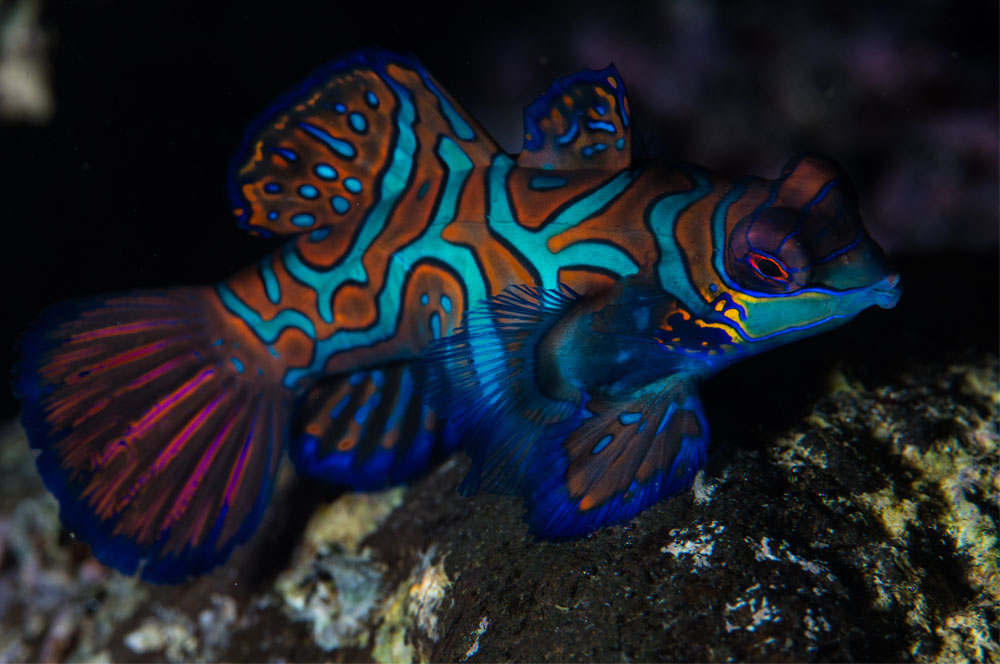
The beauty of scuba diving in the Banda Sea entirely lies upon the fact that it offers most unique dive spots for your liveaboard trip.
The underwater world is unpolluted and untouched which is the reason the marine life is in abundance. The coral reef is at its healthiest and you’ll find a lot of rainbow reef fish- enhancing the beauty of the Banda Sea and your diving experience.
The strange looking Ambon scorpion fish, mandarin fish, and emperor angelfish all populate the waters here. Huge shoals of mobula rays, eagle rays, and white-tipped sharks can also be seen drifting along the reef.
If you get lucky, you can also encounter hammerhead sharks which come in great numbers here and make for a unique diving experience.
Top dive sites here include:
Pulau Ai is the perfect dive spot if you’re interested in shark-diving. Thresher sharks and hammerhead sharks can be seen schooling here.
Gunung Api’s specialty is the fact that the coral reef here was destroyed by lava eruption back in the 1980s, but the rate of reef regrowth is extraordinary and fascinating. The stronger currents here attracts the shoals of mobula rays and other big fish.
Manuk Island shelters many rare breeds of Sean snakes. The abundance of sea snakes here is because of the warmer water, thanks to nearby volcanic vent.
The Banda Sea is suitable for novice divers because of the mild current and good diving conditions.
4 Alor
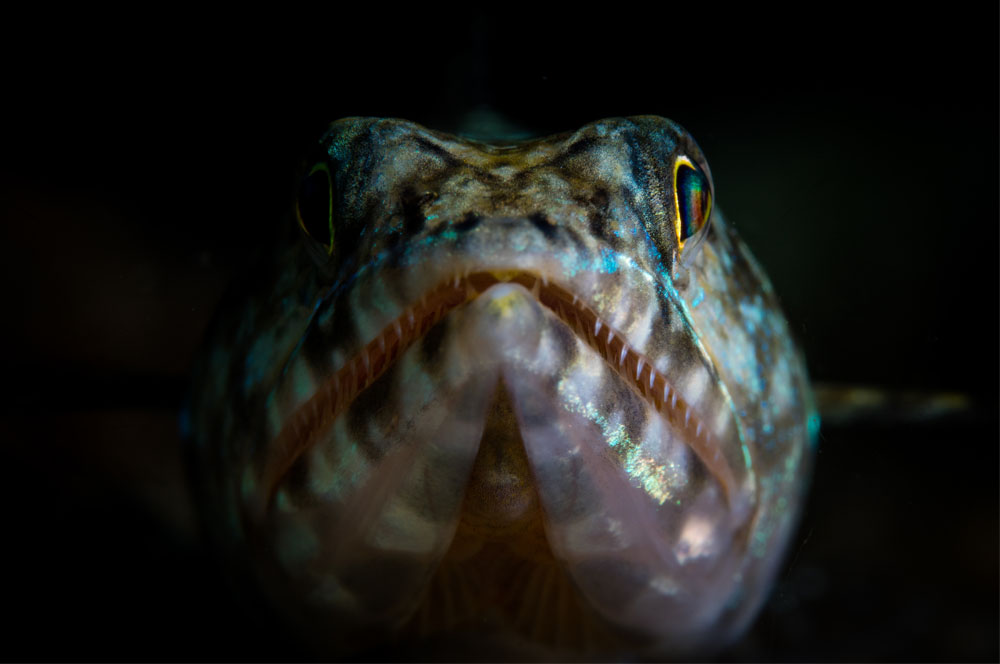
Think sparkling blue water, lush coral reefs, and water beaming with all kinds of marine life- that is what Alor offers.
Alor is a muck-diving location and the island is volcanic, which means black sand banks alongside colorful corals and fish makes for a stunning underwater environment.
Must Dive sites are:
Shark Galore,where you can watch grey and white tipped reef shark along with tuna swimming over the reef.
The Twilight Zone is an ideal place for night diving. Endowed with hot spring and volcanic sand- it is an ideal muck-diving site for macro photographers.
5 Lembeh Strait
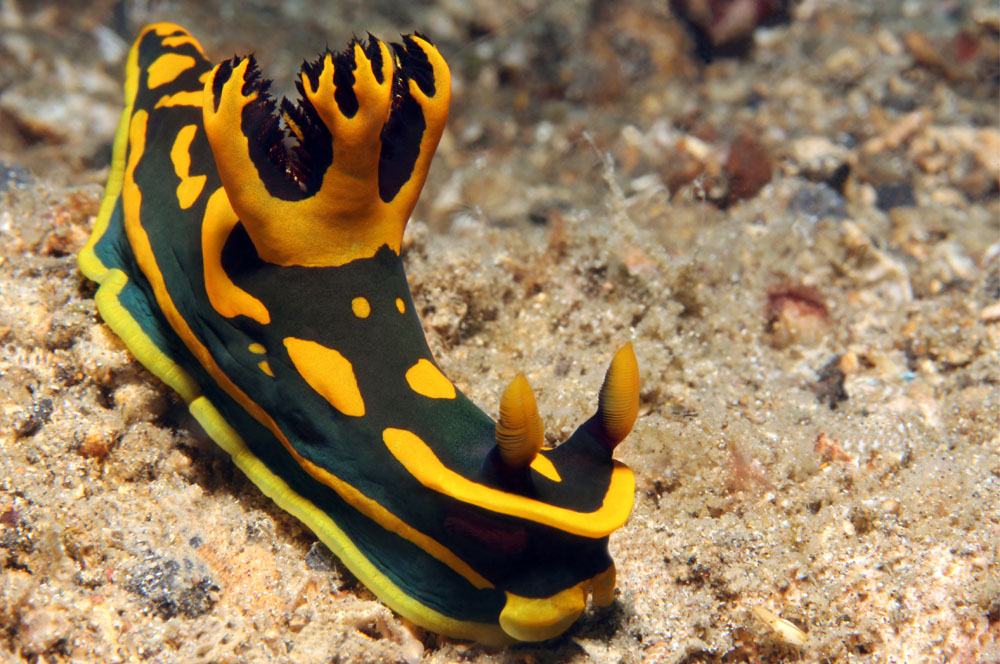
Lembeh Strait is a remote region in Northern Sulawesi, Indonesia and is considered the “Muck diving Capital of World”. It justifies the title fully. Lembeh Strait is a paradise for macro diving.
Most diving sites here have black sand which creates a stunning contrast combined with the colorful reef and fish. The experience is made more exclusive because some of the most sneaky and rare breeds of fish can be spotted here.
Lembeh Strait is known to be home to the fishes of all size and shapes. You can expect to come across whale sharks as well as the highly endangered and rare dugong.
The tiny fish clan is also pretty impressive here and you will see some of the most unusual breeds here. Pygmy horses, ghost pipefish, mantis shrimps and the highly poisonous blue-ringed octopus as well as frogfish that inhabit the waters here.
Top dive sites:
Angel’s Window is one of the rare sites here that is not a muck-diving spot. Angel’s window refers to the deep swim through that is adorned with soft coral reefs. The swim-through is home to numerous sea creatures.
Mawali Wreck was a Japanese ship that is now the center of luscious coral reef, and home to a large number of scorpionfish, lionfish, and barramundi.
Hairball is a typical muck-diving site with loads of variety of frogfish – big and tons of different colors. You will also find mimic octopus here camouflaging themselves using coconut shells.
6 Wakatobi/Sulawesi
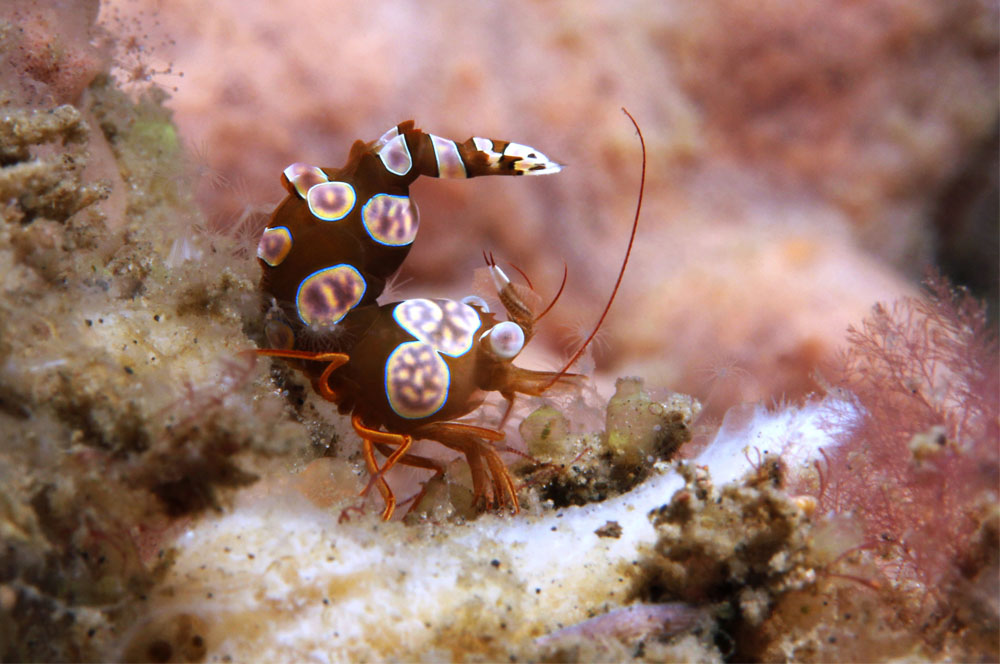
Wakatobi is a series of 4 islands situated in Sulawesi, Indonesia. Wakatobi has one of the most diverse eco-systems thanks to the less inhibited area of Sulawesi.
And that is the reason why the waters of Sulawesi are crystal clear and the visibility is great. The marine park plays an effective role in conserving the biosphere around so you will get a chance to see 700 species of fish and 400 types of coral.
From November onwards to April, you can spot some short-finned pilot whales. You can also dive with manta-rays and whale-sharks all year long.
Some of the prolific dive-sites are:
The coral garden is a dive site with a spectacular reef system that is in the shape of a mold. The divers are guided around the reef through careful maneuvers because the current can be fairly strong above the reef.
House Reef is a favorite spot for divers. It can be reached from shore as well as a dive cruise. Currents are very mild so even a beginner can enjoy all kind of creatures swimming around such as flounders and snake eels.
Best Time of Year to Dive in Indonesia
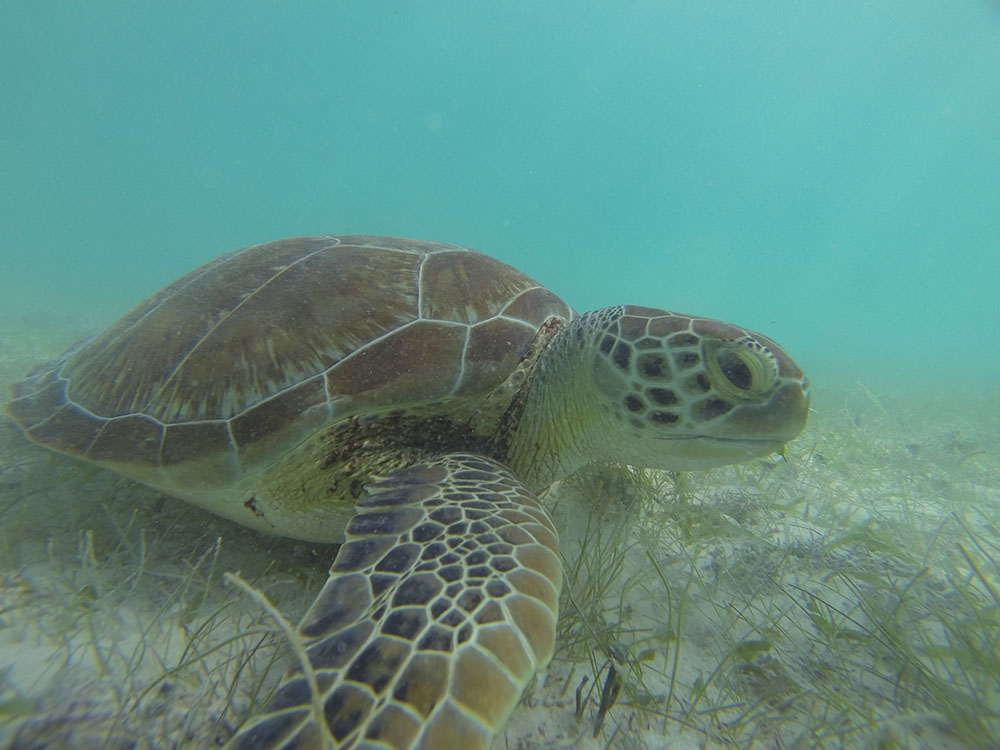
The best time to dive the Lembeh Strait (particularly July & August) and Komodo Islands is between March and October. While October to March is the best time to dive at Raja Ampat, but more experienced divers can dive Raja Ampat all year round if comfortable in stronger currents.
The best time to dive Alor and Wakatobi is April to December, with strong currents in the last two months. For dives in the Banda Sea, you’ll want to visit in March, April, September, November or December.
Tips for your Liveaboard Trip
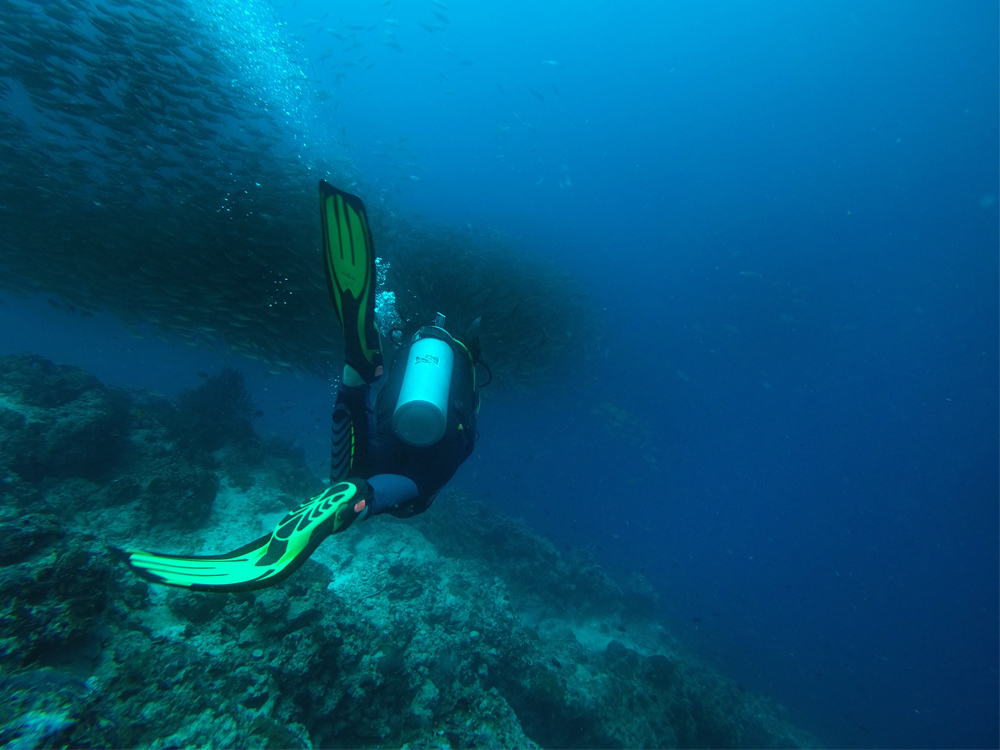
- Firstly, make sure to spend some time on land to round out your trip. There are plenty of beautiful places to see in Indonesia such as Nusa Dua, Kuta and Bali. It’s a good idea to spend some time acclimatising to a country before hopping on a liveaboard. It will ease you into the culture better.
- Liveaboard ships have small cabins so take what’s absolutely necessary. Get travel-size toiletries and only pack what you need.
- Learn, read and research ahead of your tour about the dive-sites included, so you know what to keep an eye out for on the trip (wildlife, currents etc).
- Take care of the eco-system. Anything you use will be expelled into the sea so take reef and coral friendly toiletries.
- When on board, get to know the other divers, share experiences and learn something new. It will make your trip all the more enjoyable.
- An early-morning dive is totally worth it because the sun-rise and serene atmosphere are ideal for some great pics before dipping below the surface.
- Service your dive kit ahead of the tour if you’re taking your own gear.
- Dripping water can be notorious for slippages, so it is best to watch where you’re walking and wear appropriate shoes (or bare feet) on board.
I hope you found this article helpful and have a great time on your next liveaboard in Indonesia.
Leave a Reply